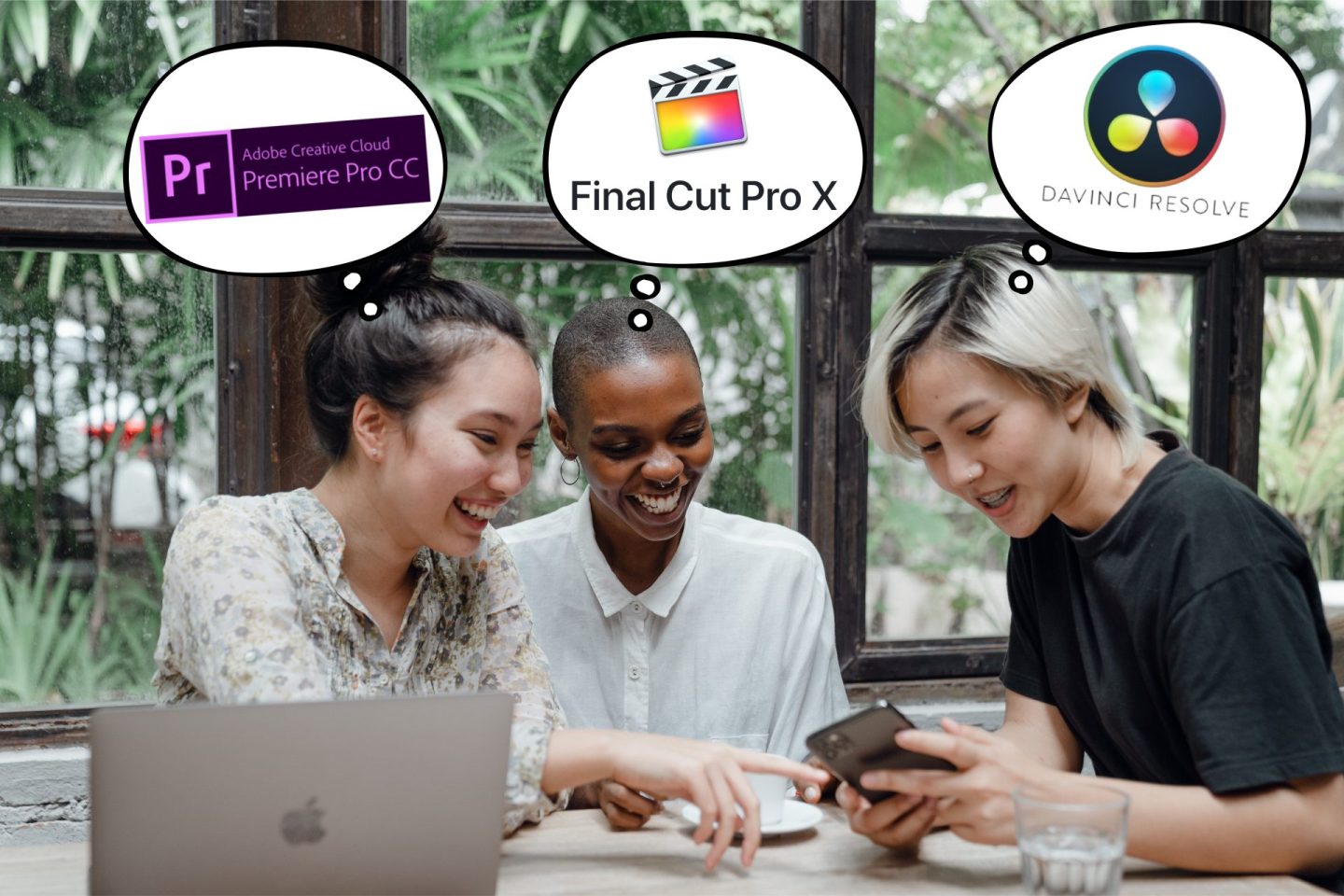
In the late 2010’s, before COVID, it felt like the pro video industry was rapidly consolidating around the use of Adobe Premiere Pro as the default editing software. This was the result of several market drivers – Apple consciously and abruptly switched from FCP 7 to FCPX more than a decade ago, losing many pro editors in the process; Avid seemingly narrowed its focus to large broadcasters and movie productions; and a number of other would-be challengers such as Media100, Edius and Sony Vegas almost fell by the wayside. So get ready for an Adobe world, right? Well, maybe….
Our MAM and workflow automation applications (Axle AI and Axle Connectr) not only work in an intuitive way with Premiere but also virtually every pro video editor because product diversity is good and gives you (the user) options. And we’ve been seeing a strong counter-trend away from an all-Adobe workflow as we talk to current and potential customers. Don’t get us wrong; nearly everyone has and uses Creative Cloud. But they are branching out in their editing choices.
First of all, Blackmagic Design has made great strides with its DaVinci Resolve software, extending it from a high-end color correction system to a mainstream, fully-featured video editor. And most of its configurations are free! – Blackmagic makes a ton of money on its other hardware and software products – so they attract more customers to their product line-up by making Resolve free. That’s great marketing!
They’ve even recently introduced an iPad version, in addition to longstanding MacOS and Linux versions.
Meanwhile, Apple has done the right thing and continued to upgrade FCP(X) from its earliest versions, which had been missing a ton of key features for the pro market. Today, FCP is a really powerful, comprehensive toolset with a great UI. It doesn’t hurt that Apple’s new M1 and M2 processors have made Macs even more popular, and FCPX is optimized, even fine-tuned to work with them. The affordable one-time purchase price, as distinct from Adobe’s SaaS subscription pricing on Premiere Pro, is also an attraction.
Apple just came out with an iPad version of FCP as well… as you’d expect, performance is optimized for the M1 and M2 chipsets on the latest iPads.
Even Avid, which had been a bit of a sleeping giant for the past few years, has seen a modest revival with an updated UI, flexible pricing options, and interesting new remote workflow tools around their NEXIS|Pro networked storage. They are still strongest at the high end of the Pro marketplace, but at least there is a marketplace! If you’d asked us three years ago, things were headed for Adobe domination.
Finally, Lumatouch has made huge strides over the last few years with their powerful LumaFusion iPad/iPhone editing platform. What started out being an interesting novelty has continued to gain power and features, and of course, the underlying Apple phone and tablet hardware is getting much more powerful every year. Lumatouch hasn’t left the Android world out of its approach, either, as there’s a version for Android and ChromeOS. On the Apple side, the latest iPad Pros even include a Thunderbolt port for connecting hard drive and SSD storage, which starts to make this platform comparable to a MacBook Air or Pro for field workflows. To give you an idea of the pro level of Lumatouch’s solutions, the latest release focuses on highly intuitive multicam workflows, with Lumatouch’s MultiCam Studio add-in.
With all these trends underway, Premiere Pro’s lock on the market was already lessening; but there’s been an even more interesting development in the last couple of years. Video editing software that works in your browser has become not only an interesting possibility but a real solution. Our own Axledit software provides amazing collaborative features with an elegant timeline editor, connectivity to both cloud and on-premise storage, supporting graphic overlays and integrated speech transcription and other AI features. You can collaborate on shared sequences and make your own versions of those sequences, then export any version directly to a desktop editor like Premiere, DaVinci, or Final Cut for finishing work. Other cloud vendors, such as RunwayML and Descript, have also launched in the last year, each bringing their own powerful AI capabilities to the browser-based editing concept.
In short, it’s a much more diverse video editing software world today – and diversity is a Good Thing.
- You may also be interested in:
Add links to the article that redirect the user to other links from Axle AI; for example:
https://axle.ai/axledit/ (when mentioning Axledit)
https://axle.ai/ (when mentioning Axle AI)
Connectr (when mentioning AxleConnectr)
https://axle.ai/contact/ (when mentioning to get in touch with us)
